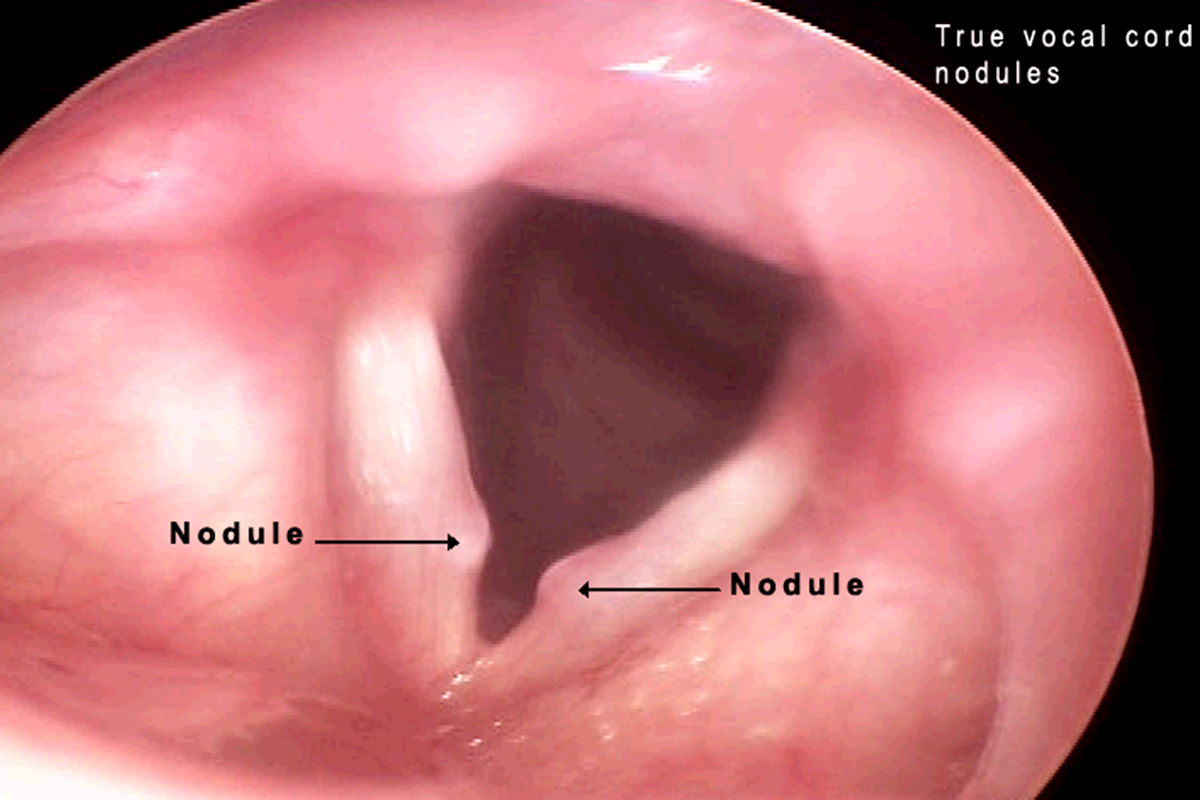I was 28 years young…yes, “young” because now at 49 years young, I now know I knew f#@k all, and not much has changed, really.
Ask any individual you ordain to have a modicum of wisdom and the answer echoes with the regularity of a production line. The more we learn, the more we realize how much there is to learn.
As an immature singer, one such lesson landed obligingly in my lap. A major production of the musical, “Miss Saigon” was seeking Asian performers and my gropey agent put me up for it. Picture a tremulous vocal audition where stress had rendered me unwell, but well enough to pull through. Now picture an excruciating dance audition where I was eternally four steps behind the others. Deflating stuff. By some miracle, I landed the part. Relocation from hometown Melbourne to Sydney followed, and I immersed myself in rehearsals — 6 days a week, 4 weeks. Pretty intense.
“And 5! 6! 7! 8! And step, step, turn, step, kick ball change, kick, turn!” yelled the severely seasoned, head choreographer. I was petrified of her but she’d seen me at my worst and still let me in so I liked her, in a Stockholm Syndrome kinda way.
The very dramatic scene where citizens of Vietnam are pounding at the gates of the US Embassy to escape the conflict is where I came undone.

“Scream! Cry! I want to see absolute desperation and terror as the helicopter takes off and you’re left behind to face certain death!” urged the director.
Obediently, I screamed, cried, desperation-ed and terror-ed.
A week later, where once lay a voice, was now a raspy pit of air and nothingness. Try as I might, I could make no sound and I soon realized 12 years of vocal training hadn’t covered, “How to scream daily and still have a voice.” Desperation and terror were now real. No voice. No job. Surely I’d be sent home packing, and back to waiting tables.
The office referred me to a local doctor who specialized in that sort of thing. He was old enough to be grey but young enough to have a healthy store of chauvinism and condescension. Already distressed, I left the office in tears but at least I had a diagnosis.
“Nodules”. Da da daah! This one word has the ability to send shivers down a singer’s spine like a toddler brandishing a mallet on an unsuspecting marimba.
The treatment? No singing, no speaking, not even a whisper for 7 days. So like Mr. Bean’s sidekick, I gestured, grimaced and scribbled on a notepad for a week.
Skip forward and I’m sure you’ll be pleased to know, I recovered, fumbled my way through the remainder of my contract, and was flushed out the other end, vocal cords intact.
And now here’s some of the more official stuff.
What are vocal fold nodules or nodes?
“A vocal pathology in which benign, callous-like lesions form on the vocal folds, often as a result of prolonged vocal abuse, including poor vocal technique. Yelling, harsh glottal attacks, overuse of the voice, and poor vocal hygiene.” (Ref: Dictionary for the Modern Singer)
In brief, nodules start out as soft bumps and if left untreated, can gradually harden, increasing the severity of the condition.

Oh so common symptoms
Nodules prevent the complete closure of the vocal folds, affecting the ability to create a wide and intense frequency of tones. Auditory symptoms may be hoarseness, breathiness or an inconsistent delivery of sound.
On a more physical note (if you’ll pardon the awful pun), the singer may experience soreness or pain around the larynx area as well as vocal fatigue.
Check out this video of nodules (not for the squeamish!) viewed through a laryngoscope.
Treatment, please!
Early and correct diagnosis is helpful for effective treatment.
Some forms may include:
- complete vocal rest
- voice therapy/vocal training — a qualified vocal coach can show you ways to use your voice safely and effectively
Side note: One technique I learned was to ‘shift’ my voice from the back of my throat, forward into my facial cavities. It might sound odd, but it works! Try this simple exercise: hum until you feel vibrations in the front of your nose and surrounding area. Abracadabra! You just shifted your voice forward.
- and in rare cases, surgery
An ounce of prevention is worth a pound of cure
Aka “Prevention is better than cure”. Trust me. If you’re someone who uses their voice to make a living, these noxious gremlins are better turned away at the door!
Some forms of prevention may include:
- healthy and proper vocal technique — if you feel discomfort or pain around your larynx after using your voice, whether it be at a gig, a classroom or party, you may be using your voice incorrectly and potentially causing damage
- staying hydrated (large quantities of tobacco, caffeine, recreational drugs and alcohol reduce hydration)
- limiting such practices as shouting, prolonged speaking in noisy situations, frequent throat clearing
- healthy living — you know the drill guys — balanced diet, adequate sleep, exercise etc.
Celebrity nodules
These guys won’t be found on the Hollywood Walk of Fame or on your regular Beverly Hills’ Star Maps, but they have nevertheless, achieved international ‘node-oriety’ (groan).
Here’s a list under Wikipedia’s entry entitled, “Oversinging” (someone has a wry sense of humor):
Justin Timberlake, Sam Smith, Adele, Björk, Shirley Manson, Keith Urban, John Mayer and Rod Stewart. Julie Andrews’ voice was damaged permanently due to surgery, while Sir Elton’s deepened significantly following surgery.
At the time, this was my worst nightmare and of course on the scale of nightmares, I’m sure there are a lot worse, especially as this was reversible. And now? Fast forward 20 more years of singing and those unwelcome little beasties haven’t squatted in my vocal folds since…and hopefully never will again.
This doesn’t however, have to be your nightmare. You are most welcome to take instead, my experience and learning. So go shout from the mountaintops, and for vox sake, have fun but do it safely!
Victoria Wiltshire
Victoria began her professional music career as a recording artist with Australian group, 'Culture Shock' after signing to Sony Music in 1993, resulting in a top #20 national single.
Following the success of Culture Shock, she expanded her performing career to musical theater, songwriting and production.
In 2003 Victoria formed a songwriting/production partnership with music producer, now-husband, Paul Wiltshire. Over the following 15 years, the pair wrote &/or produced for The Backstreet Boys, Australian Idol, Engelbert Humperdinck, Guy Sebastian, Delta Goodrem and many more, with sales exceeding 15 million internationally.
Following her writing/production success, Victoria became Creative Director for 360 degree music company, PLW Entertainment, overseeing artist & product development, image design and marketing.
As Chief Experience Officer, Victoria infuses her passion for the creative and innovative into all that she does while overseeing the overall, holistic experience of Songtradr's global ecosystem.

